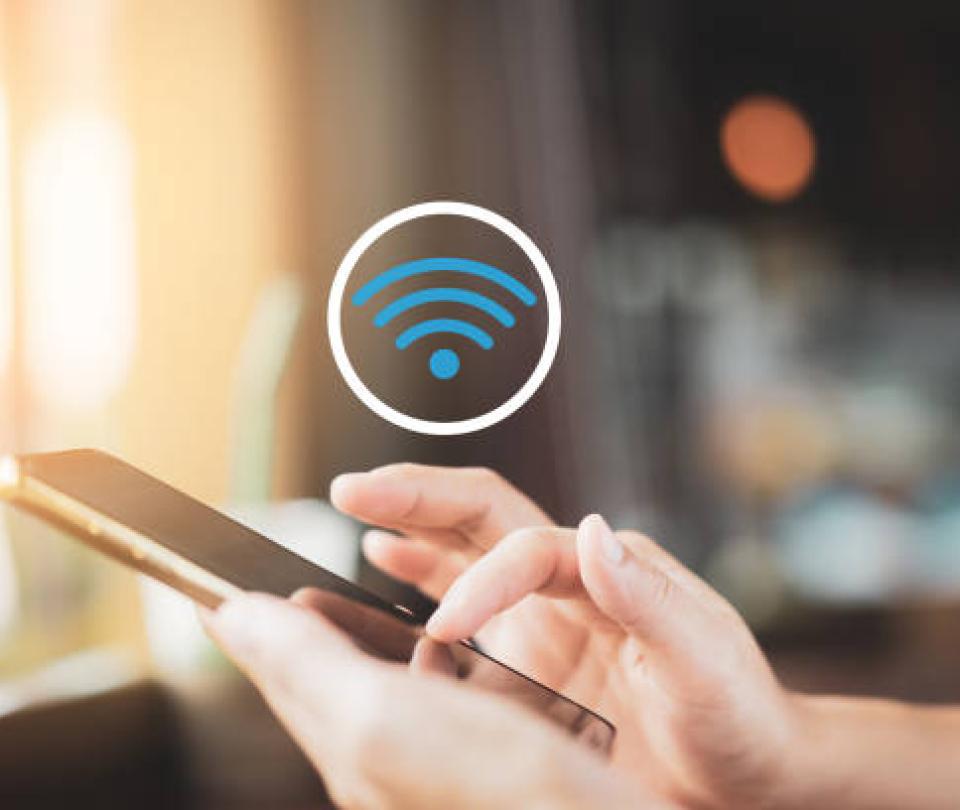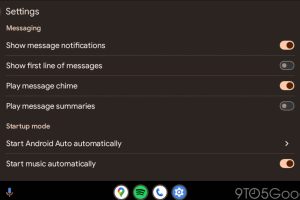WiFi is a connectivity technology that we use frequently and that handles very important traffic at high speed, but, generally, we do not give it the utility value within the telecommunications and ICT sector, which corresponds to it. People see it as a way of not consuming the data of their mobile plans.
(What do companies in the ICT sector expect from the Petro government?).
WiFi 6e is the latest version of WiFi and is based on the IEEE 802.11ax standard according to the ITU. It provides a number of advantages over older Wi-Fi technology. The theoretical speed of WiFi 6e is 1148 Mbps in the 2.4 GHz band, on average, according to data from the WiFi Alliance and the ITU, which makes it an indisputable ally of homes because it will improve the connectivity of all the devices that are in a house.
Also, by working in different areas of the spectrum, if it is free, it could generate different clouds according to the needs of each device. Households could dream of having home automation resources without having to think about paying more for the fixed connection, which would develop a very incipient sector in the country and would make it possible to lower the cost of supplies as there is greater demand.
The covid-19 pandemic exposed the poor connectivity of fixed internet access for homes, thus showing the enormous digital gap of fixed connectivity, which is called the productivity gap. Households were technically disconnected or very poorly connected. As I have stated, on different occasions, mobile connections are not for teleworking, telemedicine or telesecurity, much less for virtual education.
(‘To become aware of investing in cybersecurity’).
As has already been shown, the countries with greater fixed broadband connectivity had less impact on GDP during the pandemic and supported it economically with more solvency. The results are strong in pointing out that, in 2020 and 2021, Countries with higher fixed broadband penetration were able to offset part of the economic losses incurred during the pandemic.
Like the United States, Brazil, Canada, Chile, Costa Rica, Guatemala, Honduras, Peru, Saudi Arabia, South Korea and the United Arab Emirates, among other countries, Colombia must make the decision to allocate the 6GHz band for Wi-Fi. as unlicensed spectrum, which will immediately improve the connectivity of homes and businesses.
Colombia has been slow in making the decision due to pressure from the large telecommunications operators, in the past government. I spoke to a couple of industry leaders and I understand their concerns and share them. Our country has the most expensive spectrum in the region. Leaving WiFi6e free is taking away the opportunity of a low-cost business.
Now, the government of Gustavo Petro and whoever comes to the Ministry of ICTs -who is burdened by the long interim in such an important ministry- must understand that if we want to advance in connectivity It is vital to reduce the costs of mobile spectrum to encourage the deployment of fiber optics, which has been going fast. by inertia, thanks to covid 19, to the point that Claro put up a fight with Telefónica and recently announced that it will invest US$25 million to bring fiber optic service to more than 20 municipalities and will invest in expanding coverage in other cities , which is excellent news for the country. And, also, very recently, it became known about the alliance between ETB and Tigo Colombia to bring fiber optics to clients of EPM’s partner company, becoming another piece of good news for Colombia.
There is no other. Spectrum costs must be reduced and WiFi6e declared free even if that means a reduction in income for the FUTIC that could be compensated if we give more spectrum than there is because gaps between cells persist in cities and there is lousy coverage on highways. which affects other aspects, including security.
For harmonization with Latin America and seeking to obtain economies of scale for the manufacture and supply of WiFi access points in 6 GHz, the most appropriate and convenient decision is to assign the entire 1200 MHz band for use of unlicensed spectrum.
5G networks already have sufficient spectrum allocation in the 3.5 GHz and 26 GHz bands, with recommendations issued by the ITU, which promote the development and implementation of 5G mobile networks in the world. Home connectivity has been largely relegated, as the pandemic has shown, and Wi-Fi6e connectivity is the last digital frontier to reduce the productivity gap.
Nicola Stornelli Garcia














![[Img #74675]](https://thelatestnews.world/wp-content/uploads/2024/12/They-discover-a-new-class-of-X-ray-sources-in-the-300x200.jpg)
Add Comment